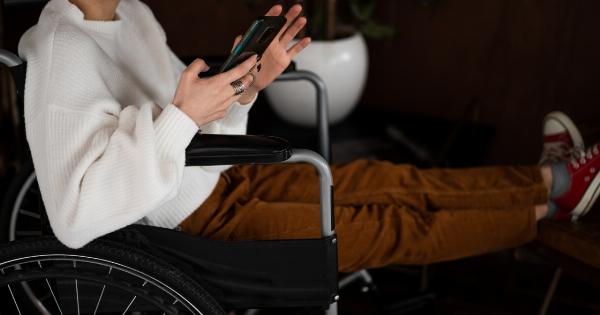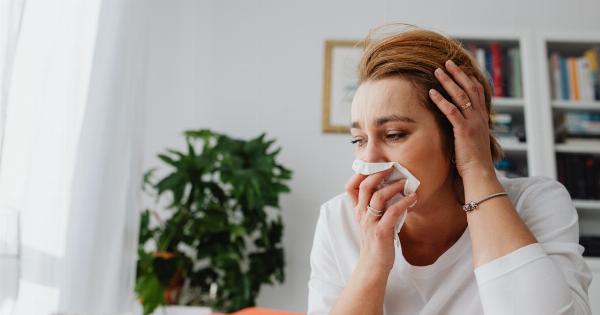Almost every woman experience periodic pains or cramps before or during the menstrual cycle. Some women experience mild pain, while others have severe pain that can interfere with their daily activities.
However, the exact cause of menstrual pain is still unknown, and it varies from woman to woman.
Studies have shown that around 80 percent of women experience menstrual pain, and it typically begins between the ages of 11 and 13. The pain usually disappears after the age of 30, but for some women, it continues even after menopause.
What Causes Menstrual Pain?
Menstrual pain is caused by the contraction of the uterus. During the menstrual cycle, the uterus contracts to help shed the lining, resulting in pain and cramps. Prostaglandins, a hormone-like substance, is responsible for triggering the contractions.
When prostaglandin levels are high, the uterus contracts more forcefully, causing more pain and cramps.
Types of Menstrual Pain
There are two types of menstrual pain: primary and secondary.
Primary Menstrual Pain
Primary menstrual pain is also known as menstrual cramps. It is the most common type of menstrual pain, and it occurs during the menstrual cycle. The pain usually begins a day or two before the period and lasts for a few days.
The pain is felt in the lower abdomen and can also radiate to the lower back or thighs. The intensity of the pain can vary from mild to severe and can interfere with daily activities.
Secondary Menstrual Pain
Secondary menstrual pain is not related to the menstrual cycle but can occur during menstruation. It is caused by an underlying condition, such as endometriosis or fibroids. The pain is more severe than primary menstrual pain and can last longer.
Women with secondary menstrual pain may experience pain during sex, abnormal bleeding, or other symptoms.
Treatment for Menstrual Pain
There are several treatments available to relieve menstrual pain, including:.
Over-the-counter Pain Medication
Non-steroidal anti-inflammatory drugs (NSAIDs) are commonly used to relieve menstrual pain. They work by reducing inflammation and lowering prostaglandin levels in the body. Examples of NSAIDs include ibuprofen and naproxen.
Hot Water Bottle
A hot water bottle can help relieve menstrual pain by relaxing the uterus and reducing cramps. Apply the hot water bottle to the lower abdomen or back for about 15-20 minutes, several times a day.
Exercise and Stretching
Exercise and stretching can help reduce menstrual pain by releasing endorphins, which are natural painkillers in the body. Engage in light exercises such as walking or do yoga poses that are designed to relieve menstrual pain.
Birth Control Pills
Birth control pills can help reduce menstrual pain by regulating menstruation and lowering prostaglandin levels in the body.
Other Factors that Can Affect Menstrual Pain
Aside from hormonal factors, there are other factors that can affect menstrual pain, including:.
Emotional Stress
Emotional stress can cause menstrual pain or make it worse. Stress causes the release of cortisol, a hormone that can increase inflammation in the body, resulting in more pain and discomfort.
Diet
Diet can also affect menstrual pain. Consuming foods high in sugar or caffeine can increase inflammation in the body and worsen menstrual pain.
Eating a well-balanced diet with plenty of fruits, vegetables, and whole grains can help reduce inflammation and relieve menstrual pain.
Lifestyle Habits
Lifestyle habits such as smoking or excessive alcohol consumption can increase inflammation in the body and worsen menstrual pain.
On the other hand, getting enough sleep and rest can help reduce stress and inflammation, resulting in less pain and discomfort during the menstrual cycle.
Conclusion
Menstrual pain is a common experience for many women, and it can interfere with daily activities.
While the exact cause of menstrual pain is still unknown, research has shown that hormonal factors such as prostaglandins, emotional stress, diet, and lifestyle habits can affect menstrual pain. Several treatments are available to relieve menstrual pain, including pain medication, hot water bottles, exercise, and birth control pills.
By understanding the science behind menstrual pain, women can take steps to manage their symptoms and improve their quality of life during the menstrual cycle.






























